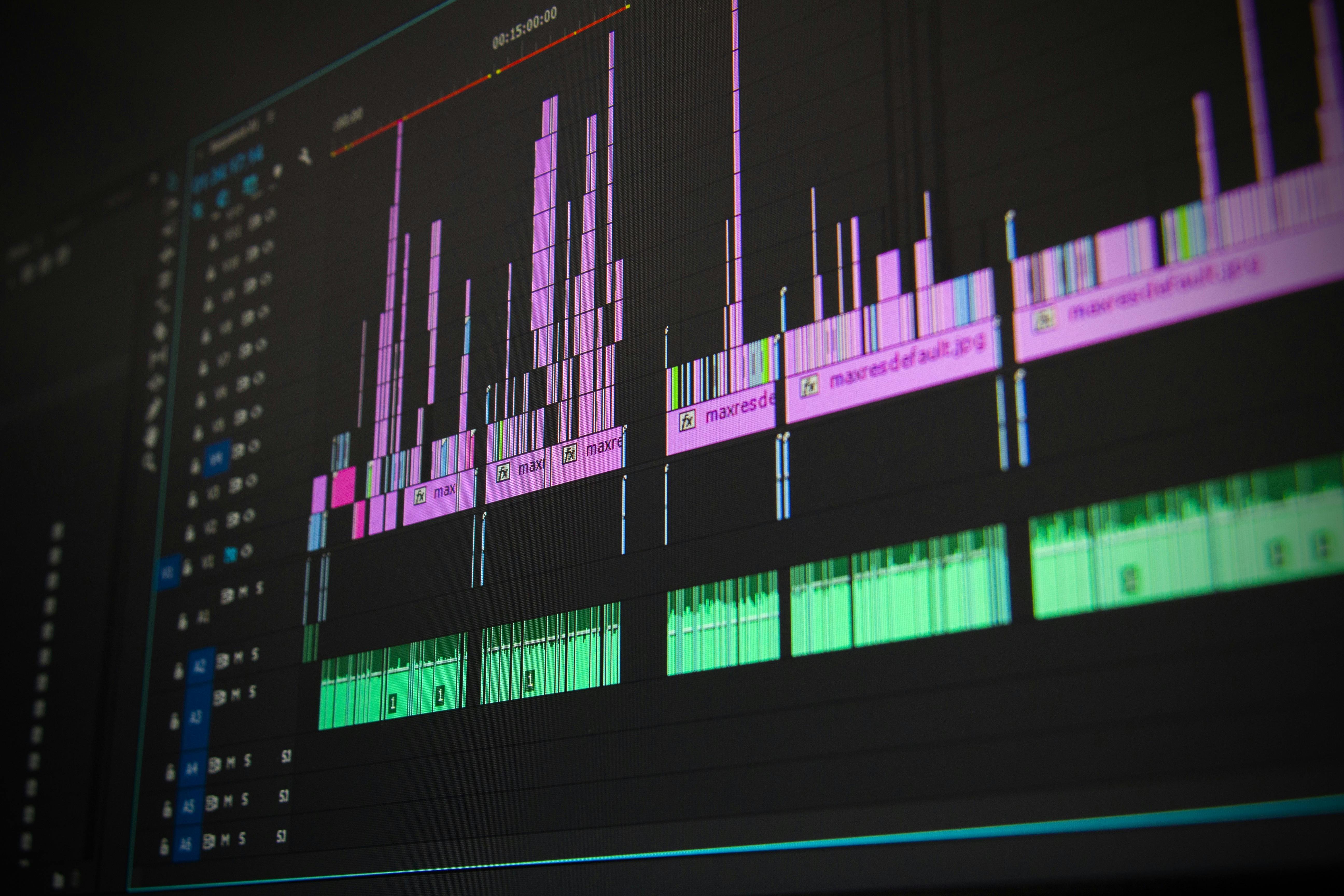Opencv, Flip, noise, mask, etc
Image Transfor
Sometimes, we’d like to transfer image’s color, temperature, or something for getting more trainning data.
There are few way’s could help you argument your photos to generate a considerable training data set.
Flip
|
Temperature
source code: Packt
Lighter
|
Warming filter
Strangely enough, those codes doesn’t work = =
|
Colder Filter
|
Add a transbarent mask
source code: Pyimagesearch
|
Add noises
Source: Shubham Pachori, from stackoverflow
|
Source: ppk28, from stackoverflow
|
Filter from PIL
Sorce: www.tutorialspoint.com
|
Opencv, Flip, noise, mask, etc
https://karobben.github.io/2021/11/13/Python/opencv-img-trans/








